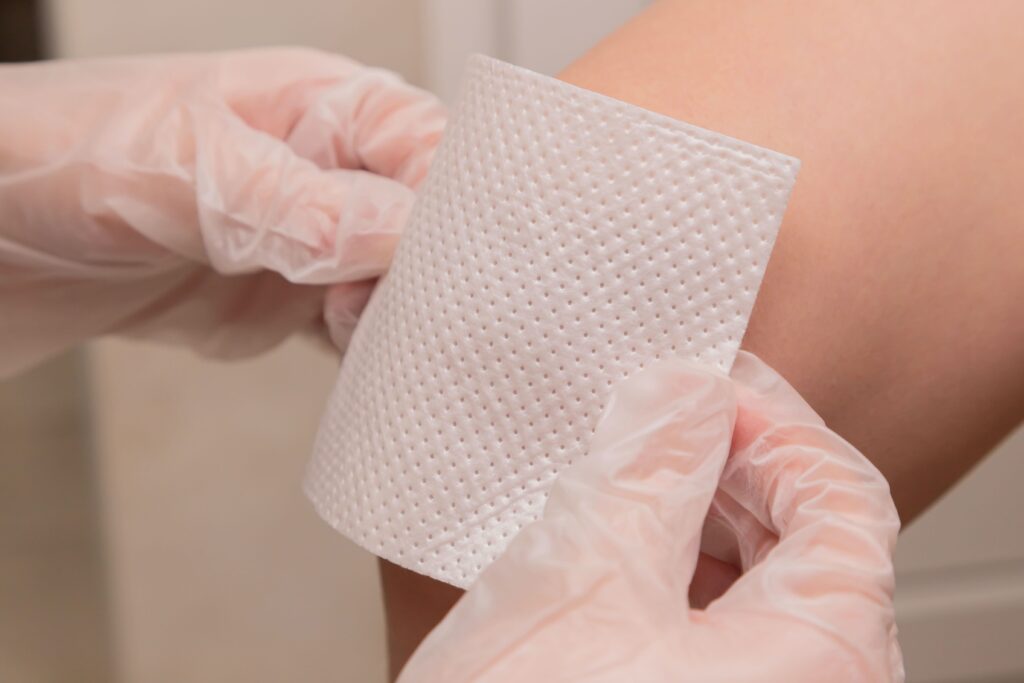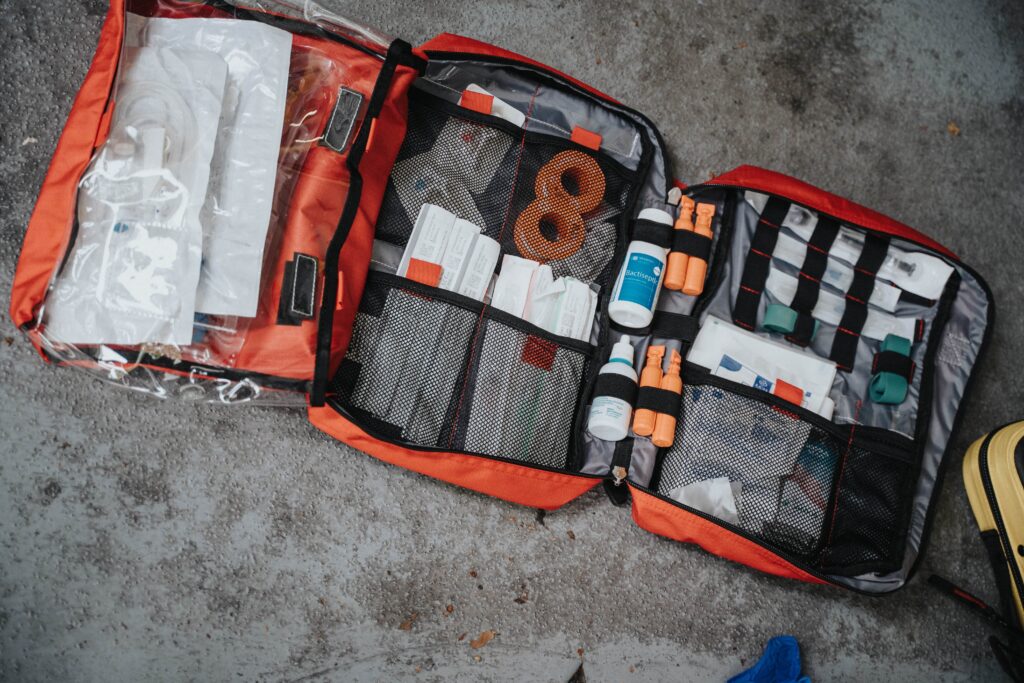What goes in your workplace first aid kit depends on your work, potential hazards, and many other things. However, in this article, we break down the essential items that should be in your first aid kit at work.
The Right First Aid Kit for Your Workplace
There isn’t actually a ‘standard’ workplace first aid box as every business has different hazards and risks requiring other materials and solutions.
For example, a business with 6 employees who do computer focused work will need a different first aid kit in place compared to a 150 person manufacturing company.
The best way to understand what your company and employees need is to complete a first aid assessment. This way, you’ll determine what materials and personnel will be required for every possible risk.
That being said, there is a British standard that every business must follow. In 2019 BSI (British Standard Institute) launched a new standard for workplace first aid boxes. When purchasing a first aid kit or products, look out for the BS 8599-1 standard.
Although not a legal standard, following this important guidance is imperative to keeping your employees safe at work.
What Should Be Kept in The Work First Aid Box?
Although different companies will require different first aid boxes, the guidance on contents is as follows;
1 Guidance card
This informational guide offers advice on how best to deal with first aid emergencies in the workplace. This could be everything from broken bones, bleeding and unconsciousness. This guidance card should be kept up to date with the latest first aid protocols and procedures.
20 Individual sterile adhesive dressings (plasters)
Sterile ‘stick on’ dressings should be used to cover scraps, small cuts and scabs to protect them from bacteria and infection. Within the workplace first aid box, you should have a few different sizes available (small, medium and large).
6 Sterile eye packs
As stated in the name, sterile eye packs should be used on the eye. They help stop bleeding, provide protection and can offer pain relief depending on the injury.
6 Medium-sized sterile wound dressings
These medium-sized cotton wound dressings are a must for slightly larger wounds, as they will help to stop bleeding and provide a barrier.

3 300ml Eye irrigation sterile water
Sterile water is a must for washing out particles, chemicals or any foreign object that gets into the eyes. At a minimum, there should be 900ml of sterile solution available.
The above materials are the minimum suggest requirements by the BSI. Below we have listed some other materials that will help keep your workplace a safe environment.
Disposal gloves
For sanitary purposes, disposal gloves should be worn by the appointed first aider. Some people may be allergic to latex gloves; therefore it’s recommended to have an alternative in place.
Support bandages
If there is an injury involving broken bones, dislocated joints or excess swelling support bandages should be used. They will help fix the bone or joint, reducing any further damage.
Adhesive tape
Tape can be used to hold dressings together and give more aid to supporting bandages.
Scissors
Scissors can simply be used to cut bandages or dressings to the desired shape or size. They can also be used to cut someone’s clothing if needed.
Cleaning wipes
Before bandaging or covering a wound, the area around it should be as clean as possible. Alcohol-free wipes can get rid of bacteria which will help stop infection.
It’s important to note that the first aid kits should be regularly checked and replenished whenever they are used.
It’s essential to think about the emergency facilities needed in your workplace environment. If you require first aid trained personnel, book one of our first aid courses today.


